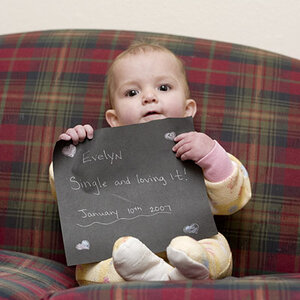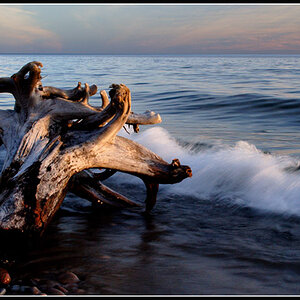Ccauceg
TPF Noob!
- Joined
- Jun 23, 2008
- Messages
- 114
- Reaction score
- 1
- Location
- Utah
- Can others edit my Photos
- Photos OK to edit
So how do i maintain an exposure longer than 30 sec without a handheld meter? I have heard of some equations and such to help you nail it since the in camera light meter is completely useless at these times. Any help would be great.
Thanks
Thanks


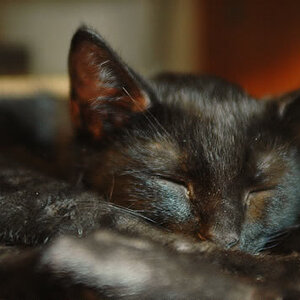
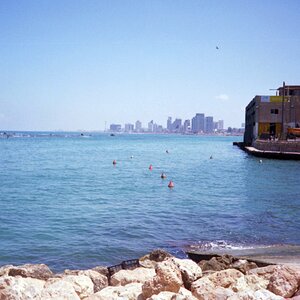

![[No title]](/data/xfmg/thumbnail/32/32164-d68fa2de02f9bef524bbd68aac2f12e4.jpg?1619735234)
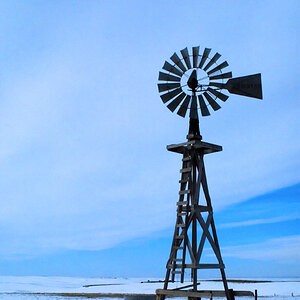
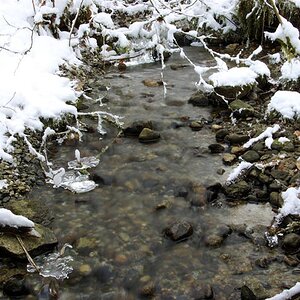


![[No title]](/data/xfmg/thumbnail/32/32168-fd80621d6068dd5050eb33595e34e6cf.jpg?1619735234)
